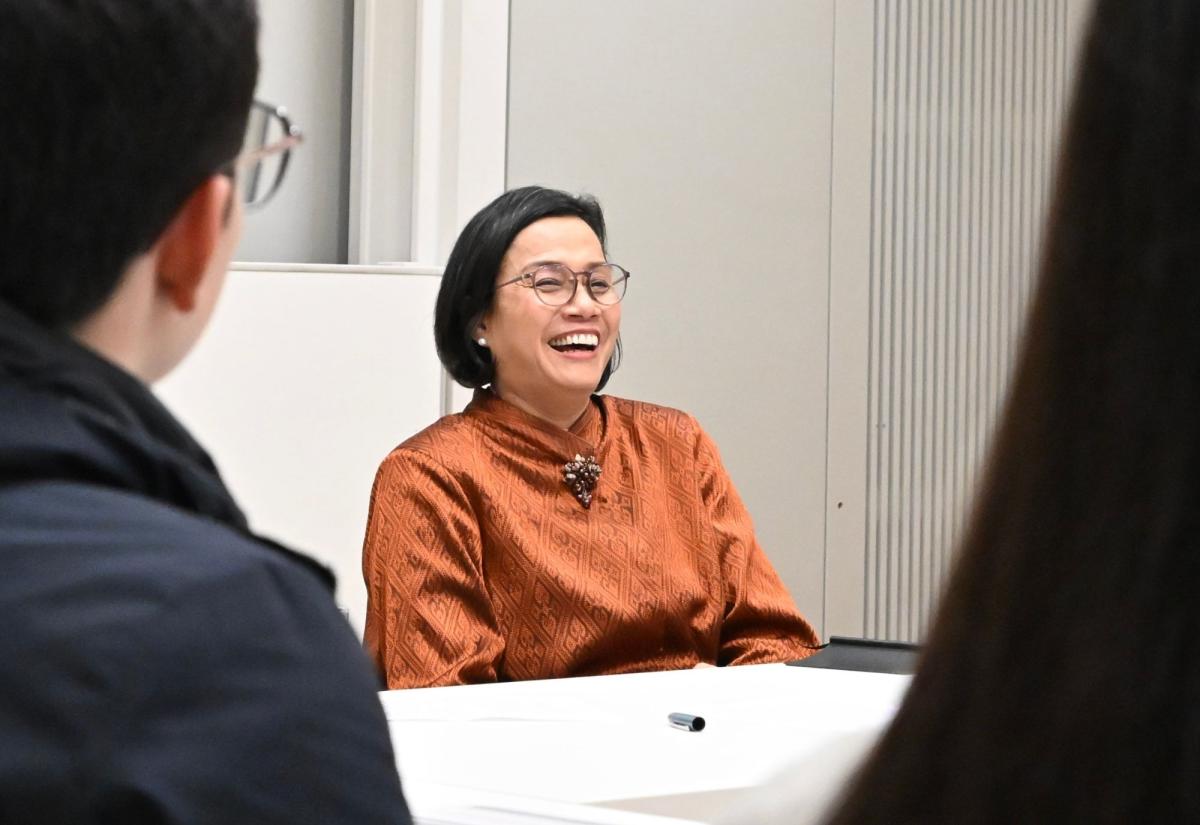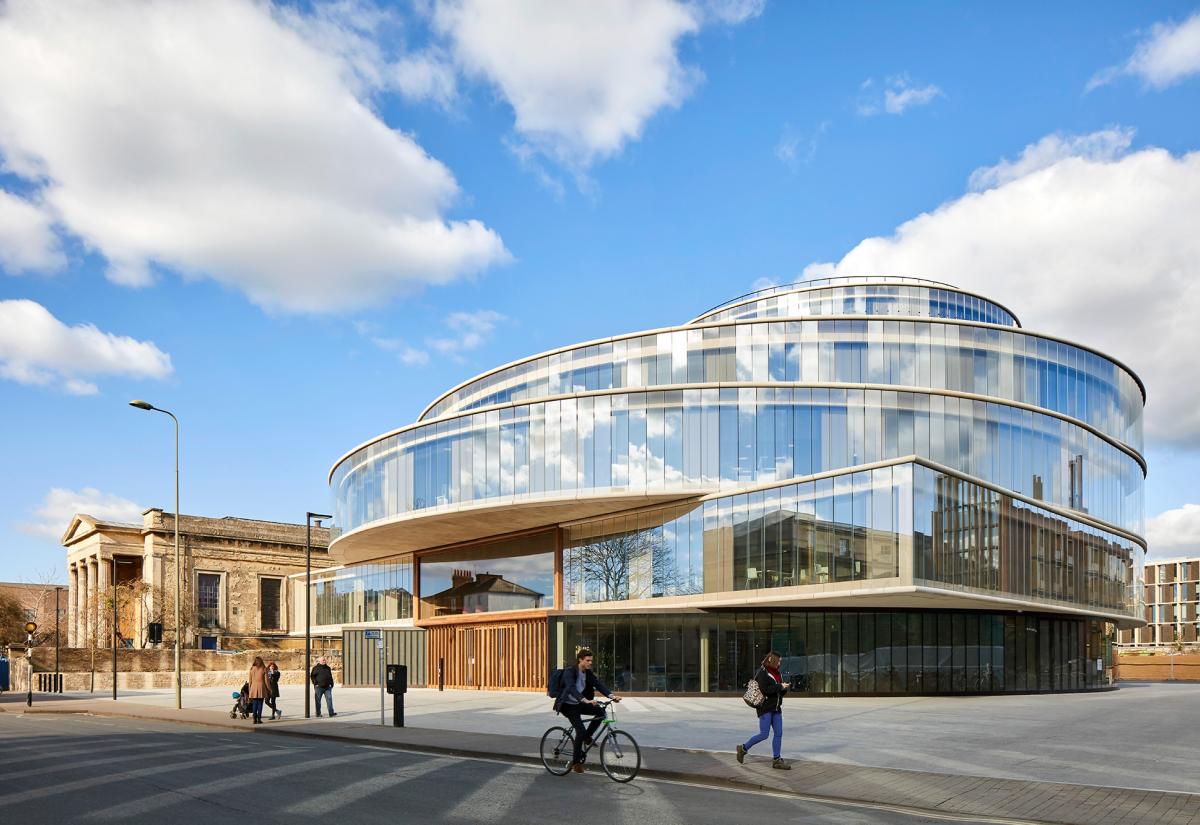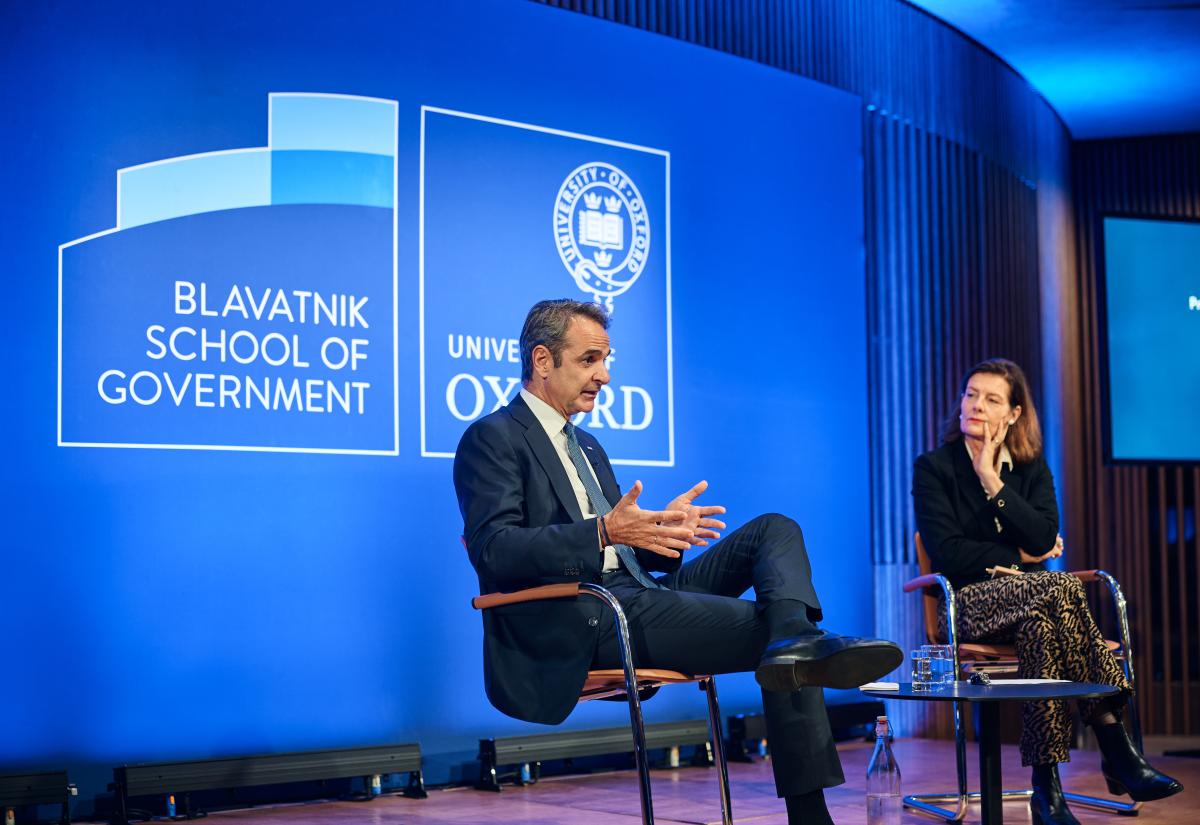‘You have the power to change the world right now. Ask yourself the question: what am I going to use this power for?’ Professor Muhammad Yunus challenged MPP students to imagine and seek a better world in a student-organised visit to the school on 27 November.
The Nobel Laureate inspired the class with his practical and positive approach to huge social issues such as poverty and malnutrition. He described his own realisation that large problems could be dealt with simply, when he solved one Bangladeshi village’s loan shark problem by lending 27 dollars from his own pocket. He replicated this prototype solution multiple times to create the Grameen Bank, which currently has 8.35 million borrowers of micro-credit on its books, and a 97% recovery rate.
Professor Yunus urged the cynics of social business to cast off the ‘profit-making glasses’ that provide a filtered view of the world in which profit is the only incentive. Instead, he asked them to witness the altruism that motivates philanthropy, and the human desire ‘to do something people remember me by’. Social businesses operate on the incentive of wanting to help others, but differ from the extreme of charity in which money ‘goes out and never comes back’. By using a business model, he argued that initial capital can be used again and again to achieve social aims.
Highlighting the technologically driven rapid and unpredictable change the world is undergoing, Professor Yunus encouraged the students to see their own enormous potential to choose the future of a global society. Whereas science is always following science fiction, from sending men to the moon, to artificial intelligence, he argued that the same does not happen with social issues and solutions. It is only by having the imagination to think of a world we want to build that the reality can follow, and rapid change can be directed for good purposes. ‘I was particularly impressed by his notion of ‘social fiction’’, said MPP student Marian Schreier. ‘He concluded with the observation that the distance between the impossible and possible is shrinking and urged us to shape the way from the former to the latter.’



